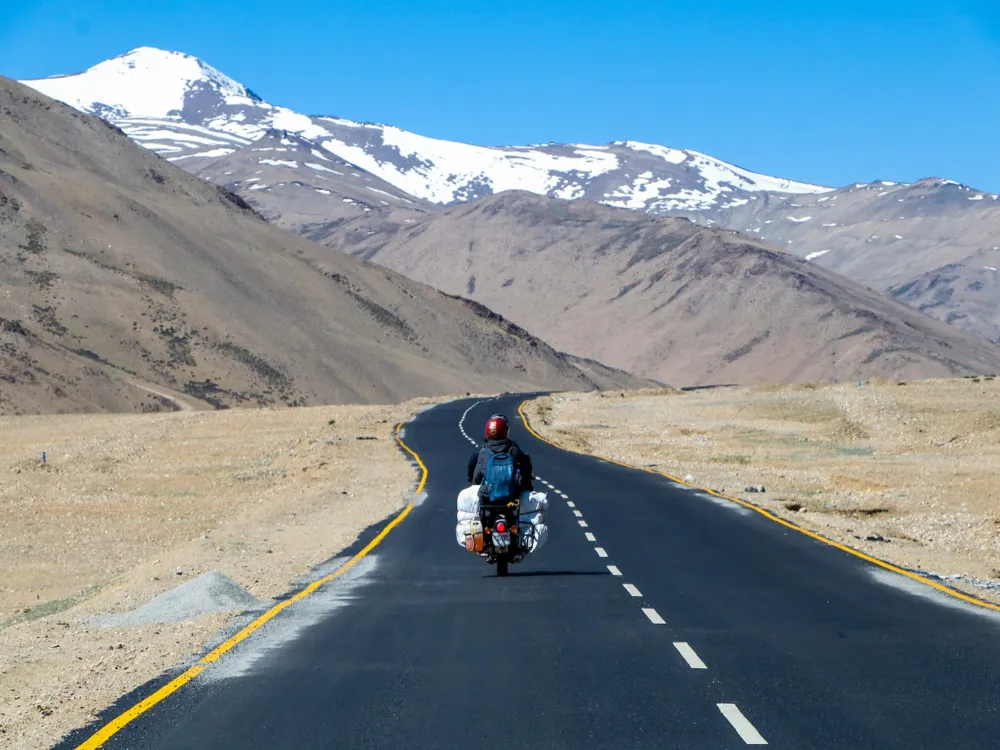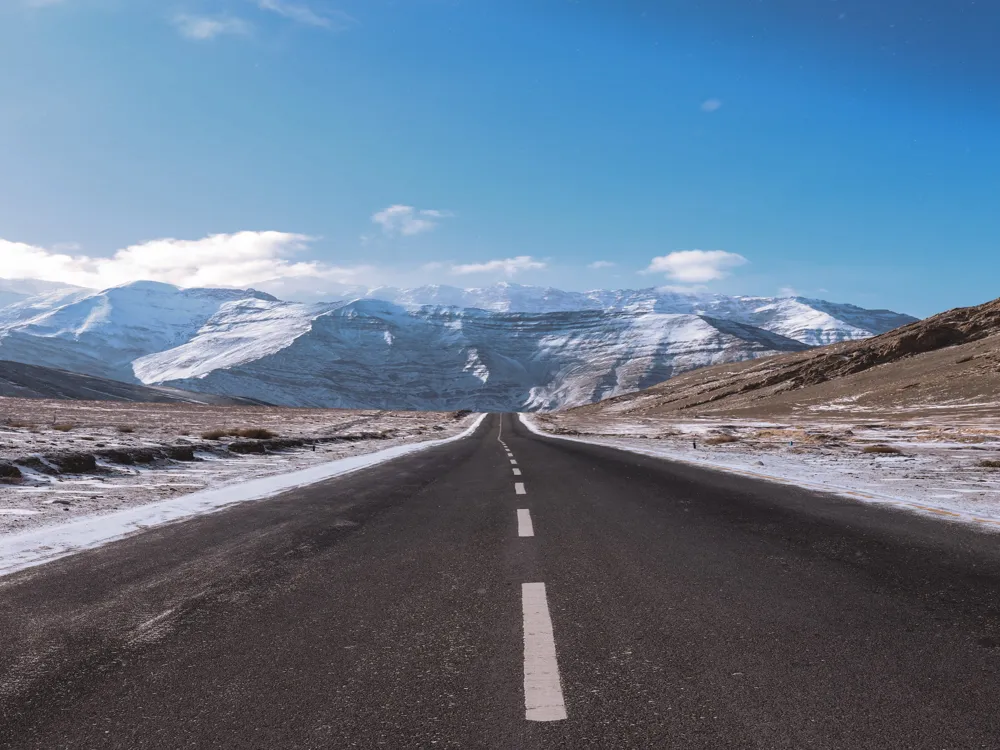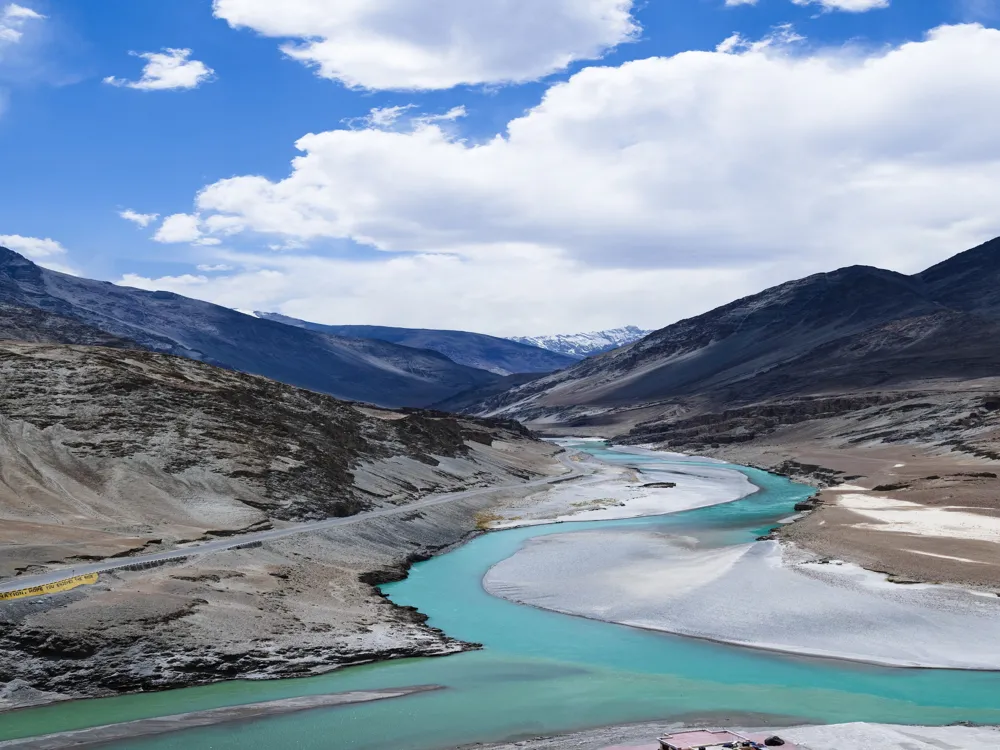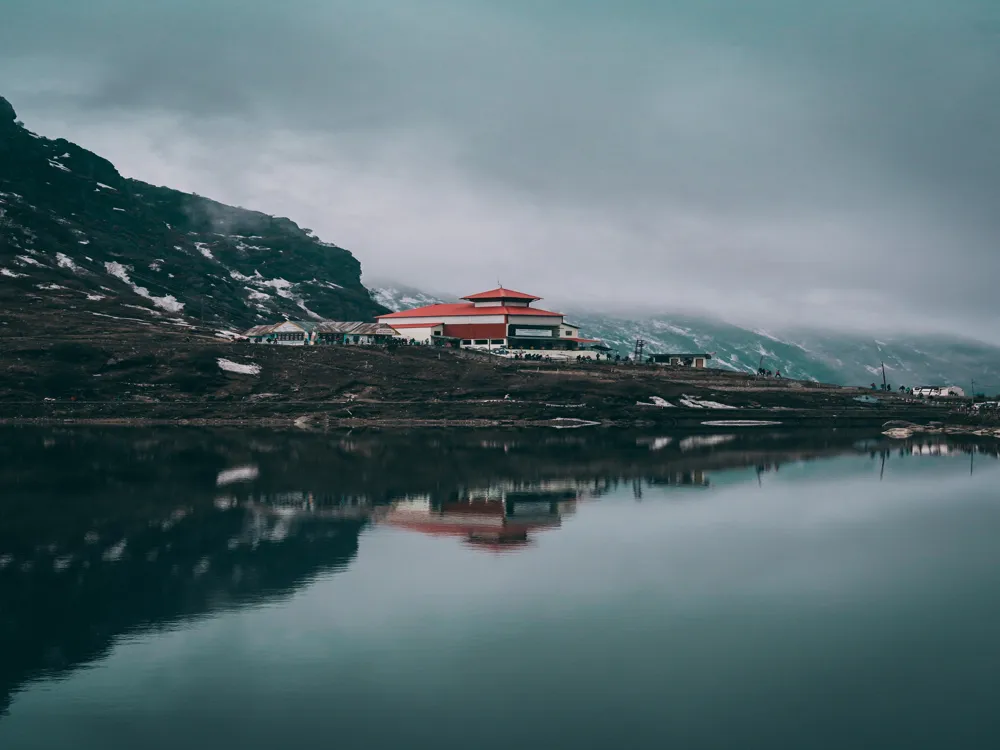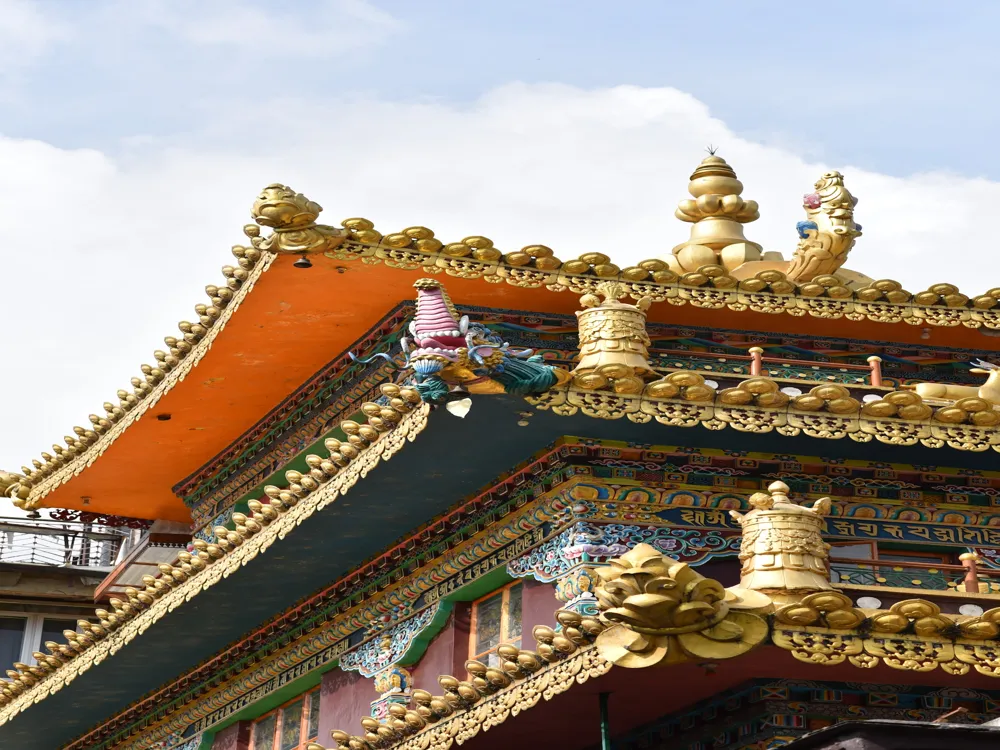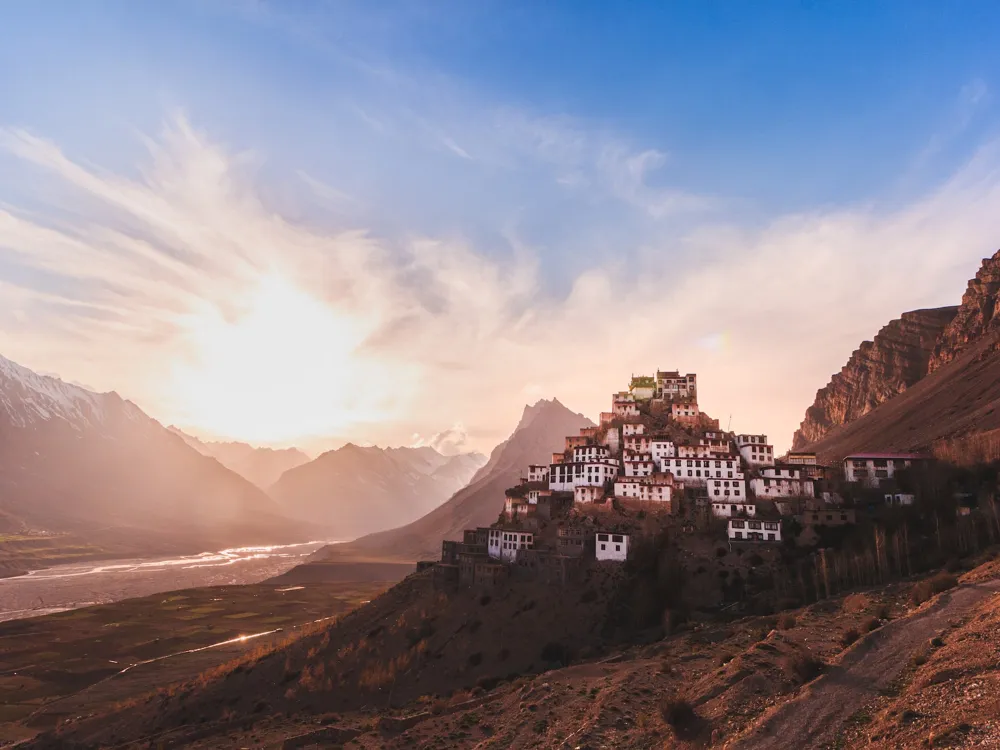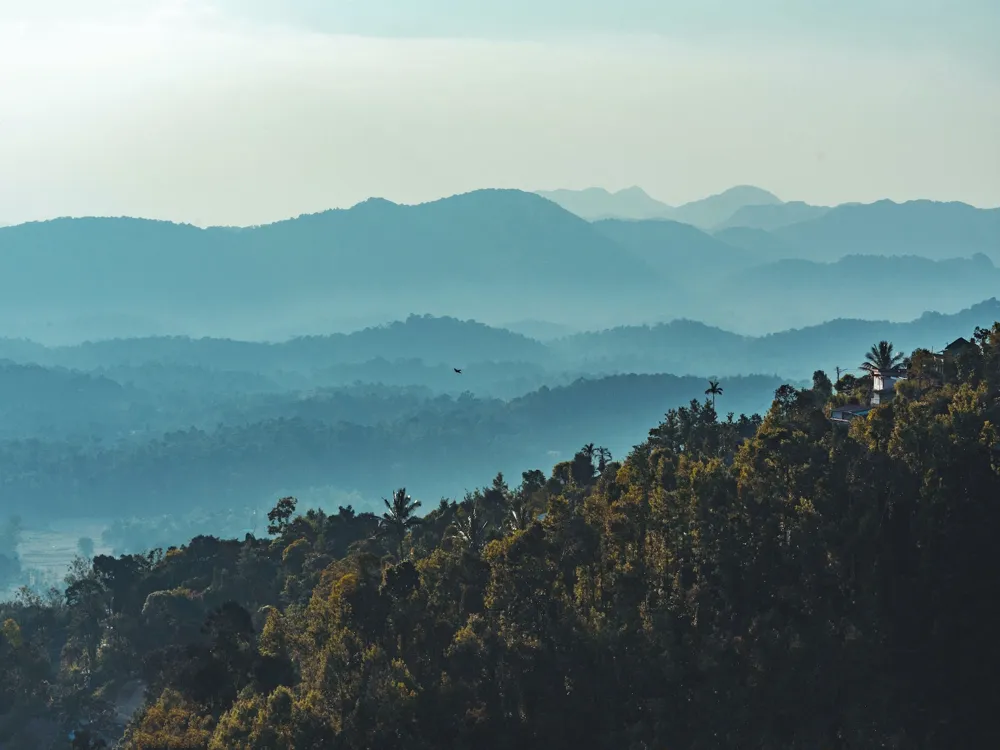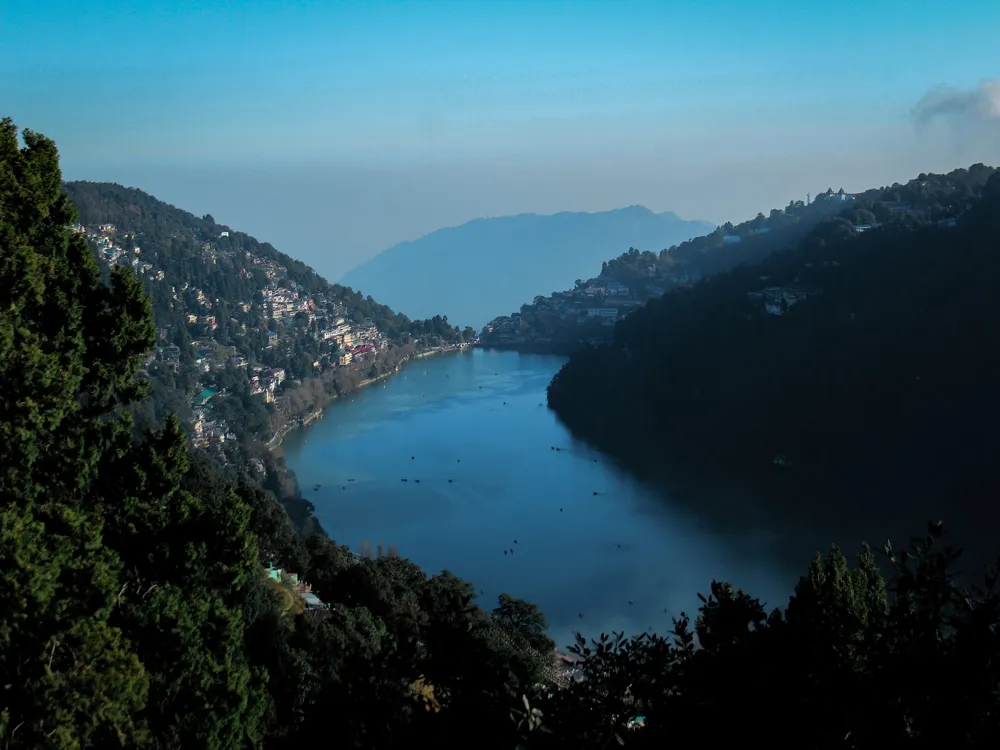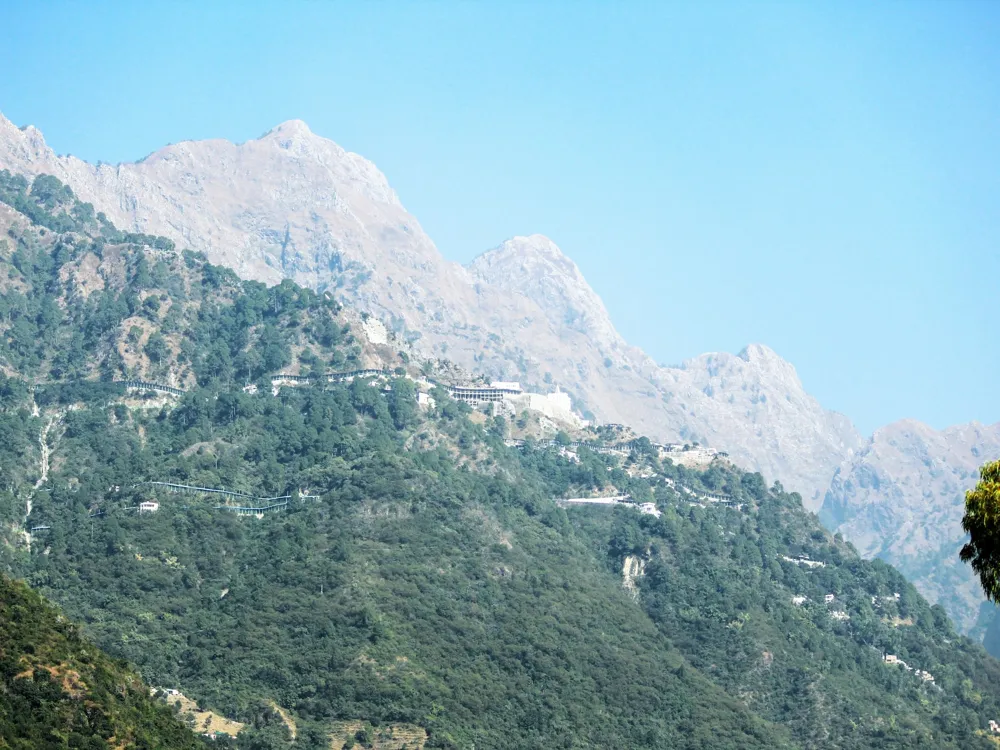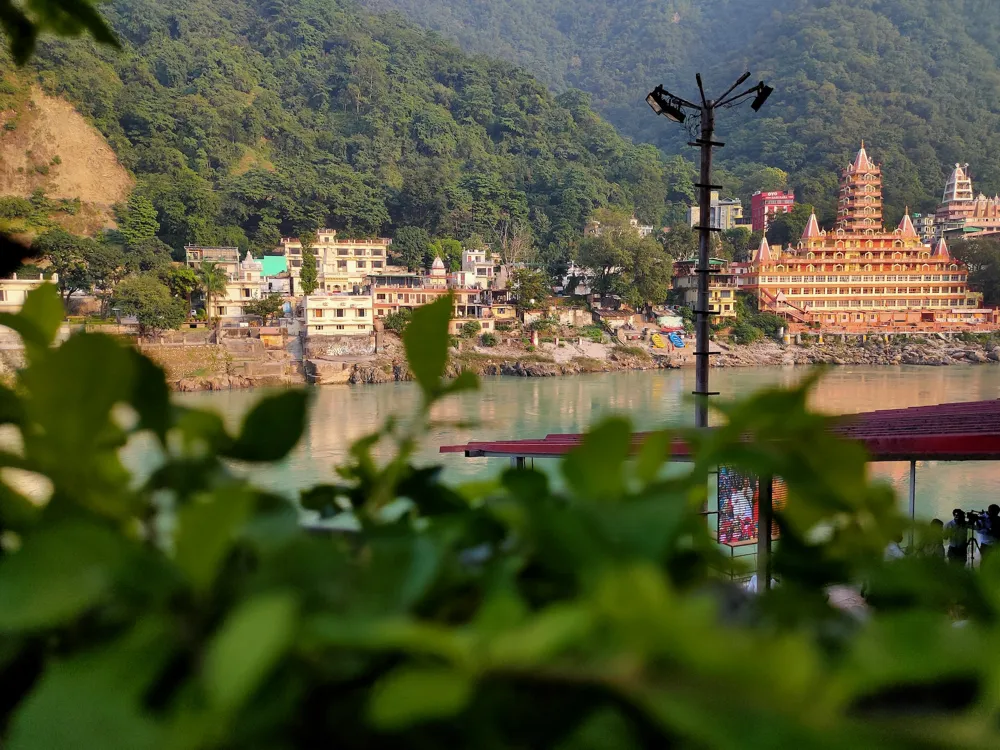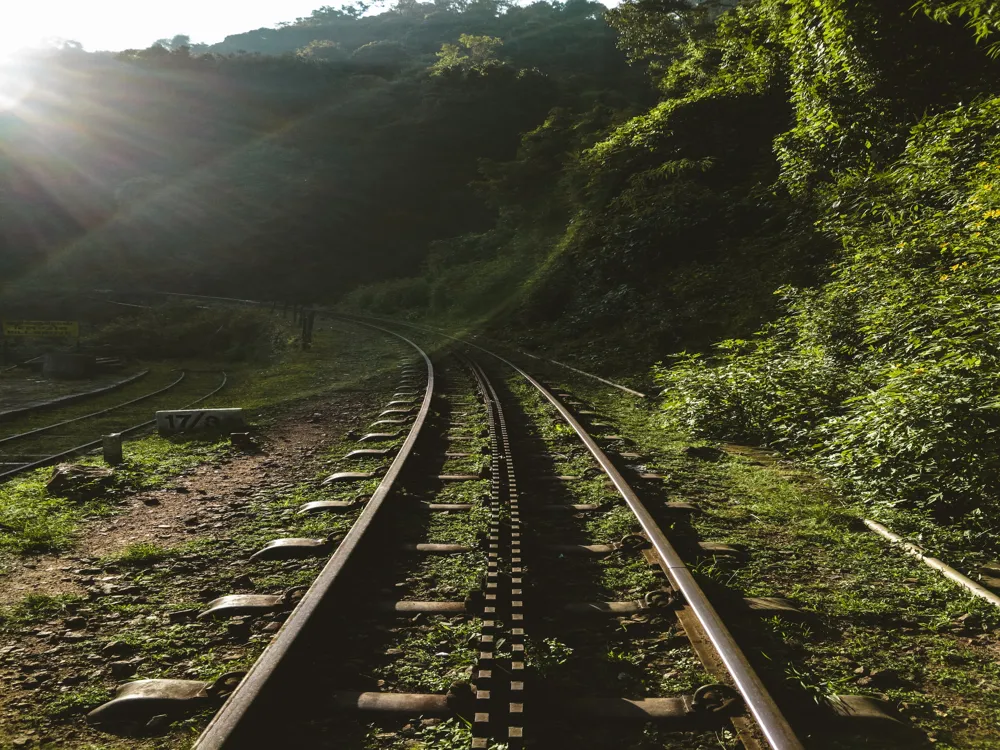Plan Your Travel To Ladakh
Places To Visit In Ladakh
Alchi Monastery
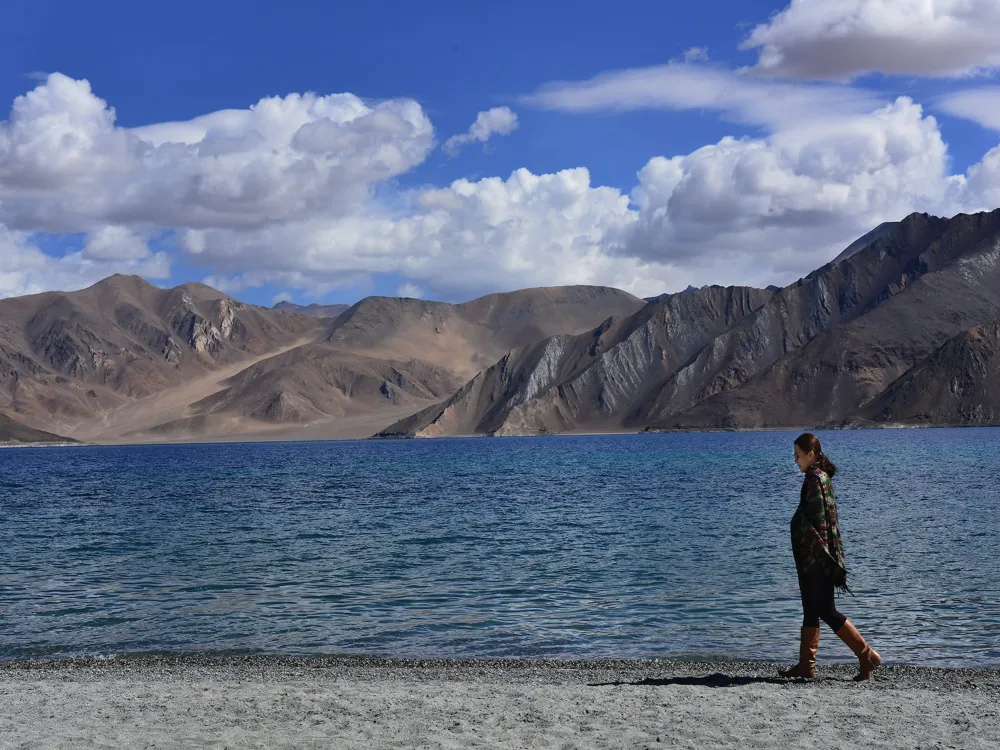
Located in the Alchi Village of Ladakh, Alchi Monastery is a complex of Buddist temples of which Alchi Monastery is the oldest and most famous. Cemented on a flat ground unlike other monasteries in Ladakh, the traditional architecture of the monastery is a monastic complex which has 3 separate temples, known as Dukhang, Sumstek and the Temple of Manjushri.
Apart from the historical and cultural factors, Alchi Monastery is also a place for adventure lovers. Rafting is a popular choice among people who visit this monastery due to its location being close to the Zaskar River, which is an added advantage for the rafters. The foundation of the monastery was laid down in the 10th century by Rinchen Zangpo, an eminent Tibetan scholar.
Read More
Backpacking
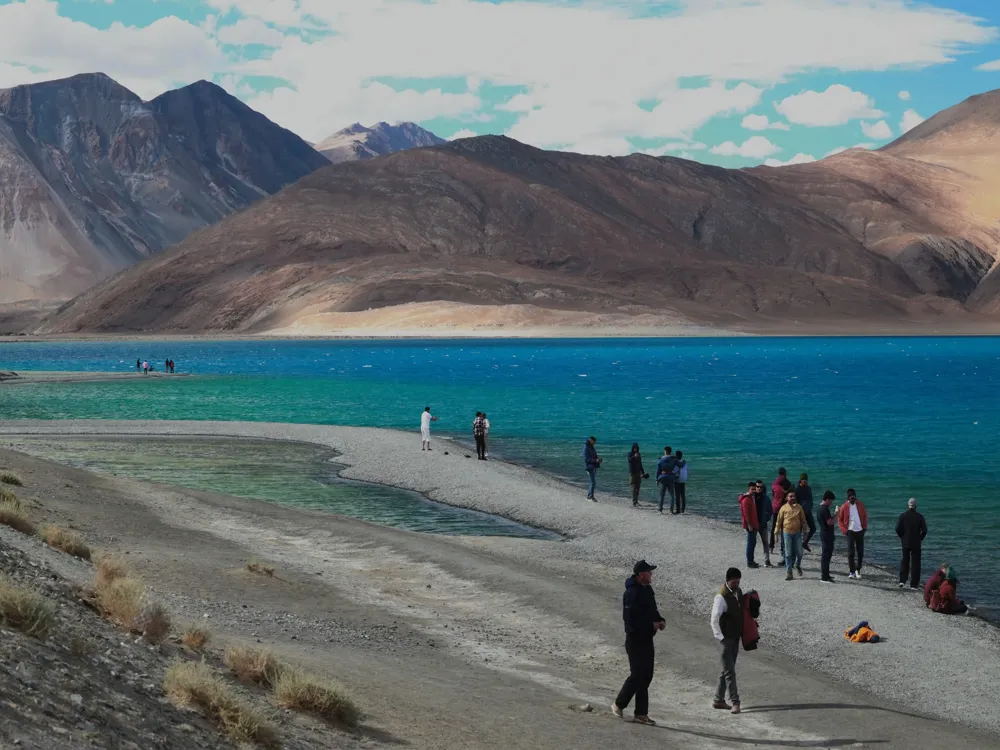
The roads in Ladakh are a necessity for effective safety at the border. This means they are always kept in the best possible condition and offer perfect opportunity for a bike trip into the unknown territories. Bikes are easily available on rent as well in Ladakh and surrounding areas. The bikes usually scale these roads smoothly. However, the roads might become treacherous at times so its better to keep some necessary backup items.
Chang La Pass
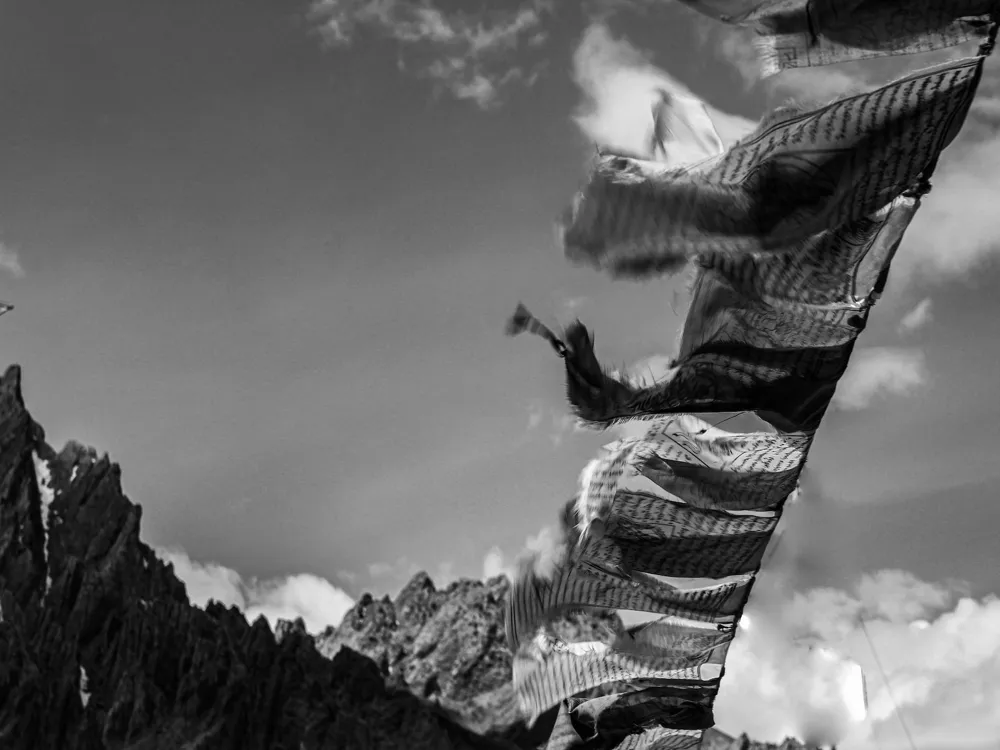
Chang La Pass is a high mountain pass and one of the highest motorable roads in the world. It is located between Leh and Pangong Lake and is the main gateway to the Nubra Valley region. The 15km long pass is especially popular amongst bikers. The roads are mostly paved and are driveable by any vehicle. Changla is open for tourists from Mid May to October.
To avoid high altitude sickness, doctors suggest not to stay at Changa La Pass for more than 20 minutes. The Pass is guarded and protected by the Indian Army as it is located close to the Chinese border. Reverberating with serenity and tranquility, the place remains covered with snow throughout the year. The world's highest research station established by DRDO (Defence Research and Development Organisation) is located at Changla. The Chang La Temple, dedicated to Changla Baba, is also located here.
Read More
Changthang Wildlife Sanctuary
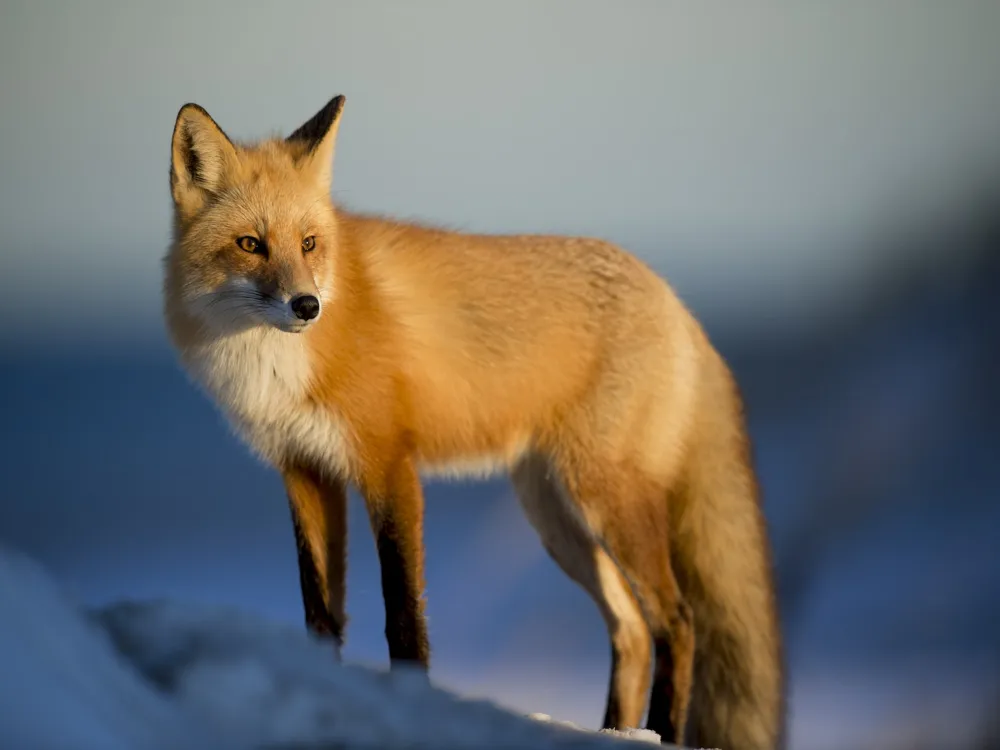
The Changthang Wildlife Sanctuary is located at an altitude of about 4000-9000 feet in the Ladakhi Changthang Plateau in the Leh district. The vast range of exotic flora and fauna attribute the sanctuary to be the second-largest nature reserve. It houses the three popular high altitude lakes - Tso Moriri, Pangong Lake and Tso Kar.
The sanctuary is also close to Korzok Monastery which is one of the highest villages in the world.
Chemrey Monastery
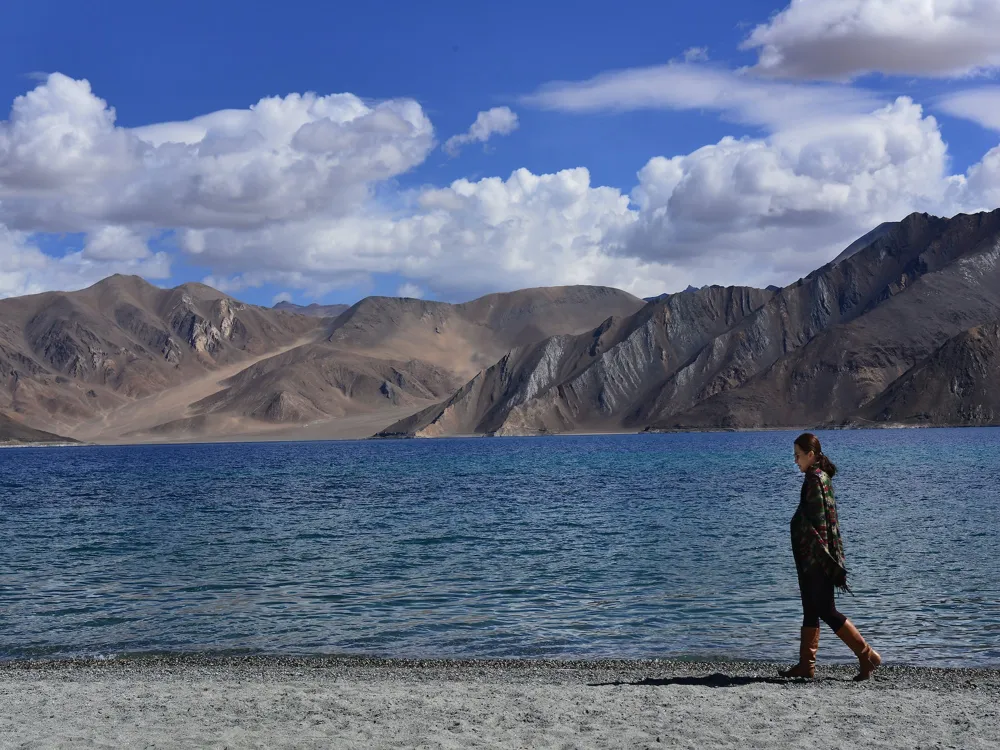
Chemrey Monastery is a 400-year-old yet unexplored Buddhist monastery located approximately 40 kilometres (25 mi) east of Leh in northern India. It is known for housing a staggering statue of Padmasambhava (almost a storey-high)and a collection of ancient scriptures with the text emboldened in gold letters with the titles in silver.
The Chemrey Monastery belongs to the Drugpa monastic order and was founded by the Lama Tagsang Raschen and dedicated to King Sengge Namgyal in 1664. The grand edifice houses shrines, two prayer halls, and a Lama temple. The transfixing Chemrey Monastery is also popular for the Chemrey Angchok, which is a sacred dance festival, held on the 28th and 29th day of the ninth month of Tibetan calendar. During this time, the monastery decorated with colourful flags attracts tourists from all over.
Read More
Darcha Padum Trek
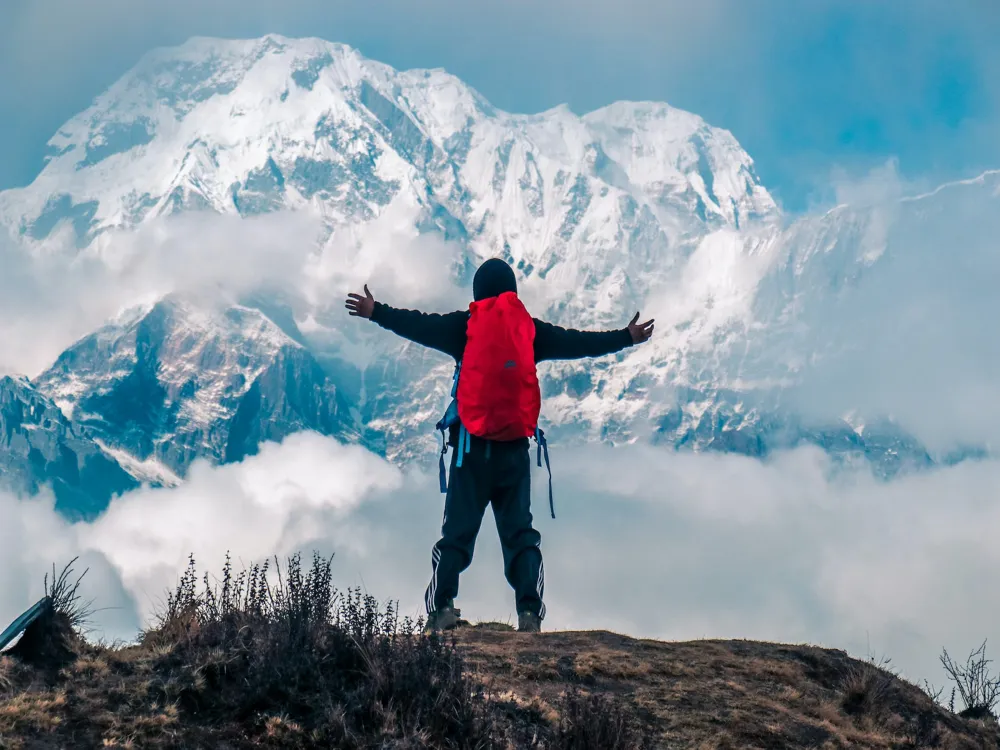
Located on river Bhaga, Darcha is a small Lahaul region in the Himachal district of Spiti. Whereas Padum is among the two primary capital cities of the Zanskar society. There are plenty of camping sites en route, spread across a variety of nomadic sites travellers would pass by.
The Darcha-Padum stretch is about 127 kilometres and would take at least 10 days to complete this trek. However, the duration is subjective given any possible deviation during the trail. Witnessing incredible mountain ranges, expanses of absolutely quite lands, a couple of mountain animals and small streams are some of the guarantees on the Darcha-Padum trek.
Read More
Dha Hanu
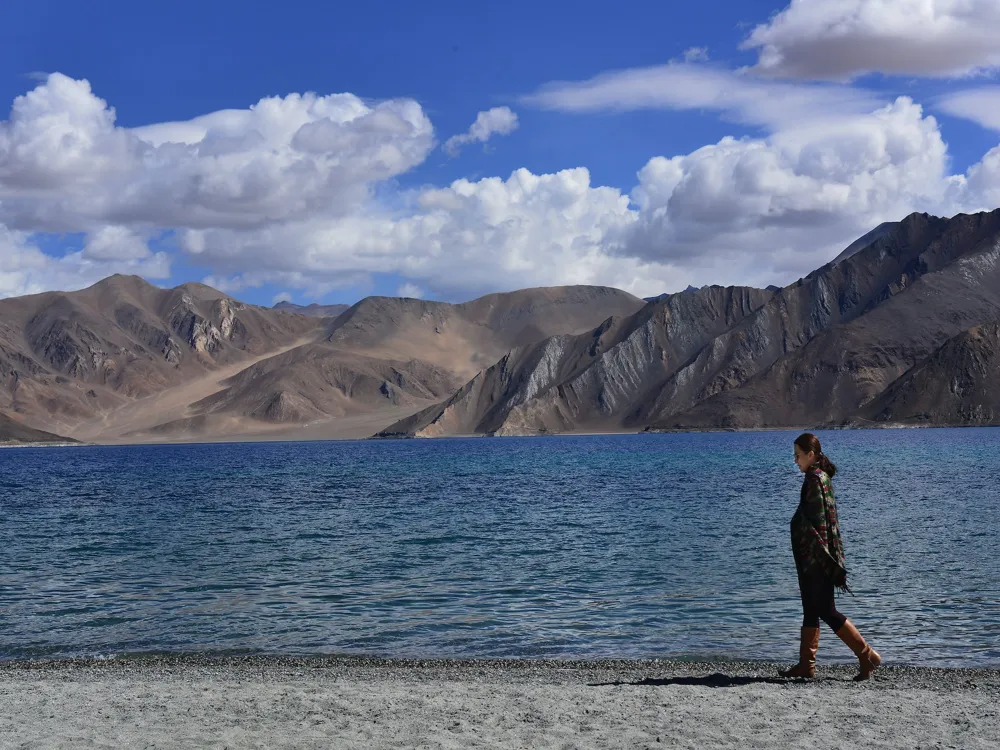
The villages of Dha (also called as Dah) and Hanu are amongst the only few villages that are home to the Drogpa (Brokpa) tribe of Leh. These are located 163 km northwest of Leh in the Kargil region. The tribe, which is different from the Ladakhi tribe found in the rest of the area are quite hospitable people. Dah Hanu villages are a must visit for those who are interested in cultural diversity.
The Drogpa tribes are known for their distinct ornaments and headgears. They are culturally, racially and linguistically different from the rest and are said to be the only living descendants of the original Aryan (Indo European) race. The villages have been visited by countless photographers who absolutely enjoy clicking photographs of the people of this tribe.
Read More
Diskit Monastery
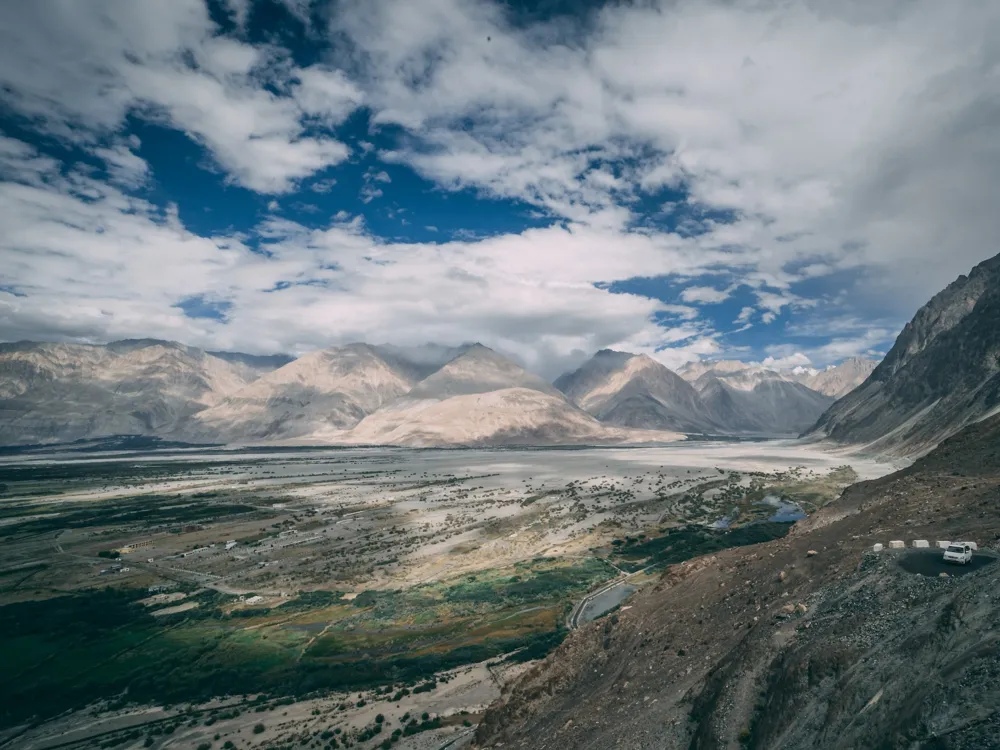
Also known as Deskit/ Diskit Gompa, the Diskit Monastery is the oldest and largest monastery in Nubra valley. It holds a strong bond with the Tibetan myth. This holy site is believed to have been the very residence of an anti-Buddhist Mongolian demon. Although this evil being was killed several times close to the monastery, it always came back alive. It is said that Diskit Monastery houses the disintegrated head and hand of this demon.
This monastery also houses a school which is run in collaboration with an NGO named "The Tibet support group". The school provides computer facilities and also teaches the Tibetan kids science in the English language. Diskit Monastery is renowned for its festival "Dosmoche", translating into the festival of the Scapegoat. Masked monk performances expressing the power of good over evil is a typical sight during this celebration. It is said that this dance form eradicates bad luck.
Read More
Donkey Sanctuary
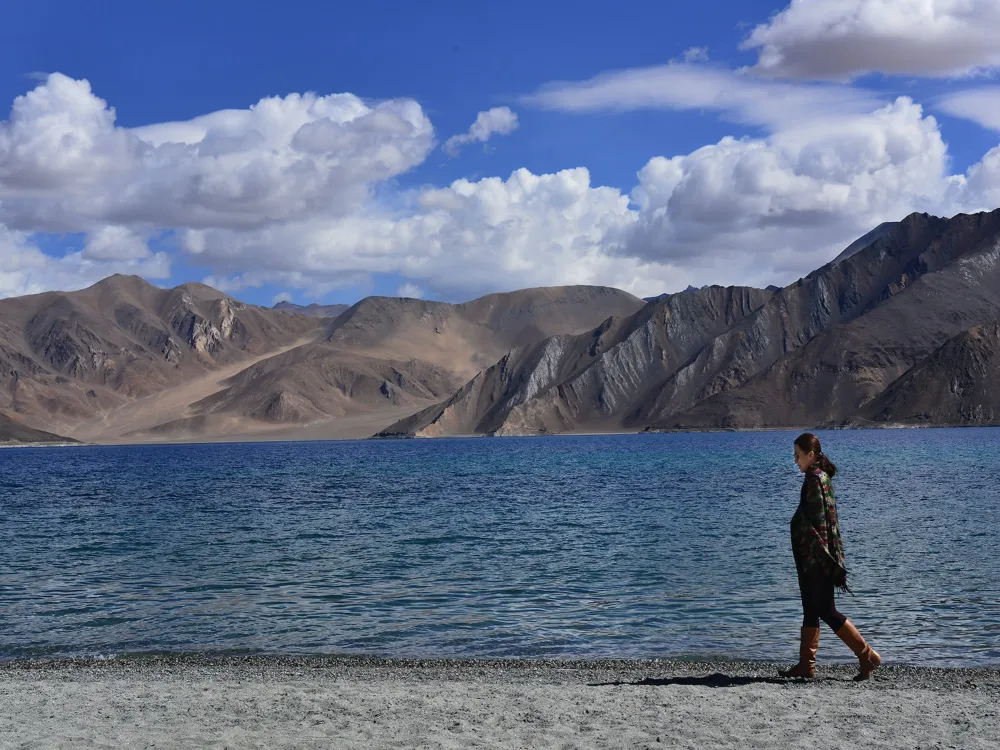
It might come as a surprise to even some of the most hardcore animal rights enthusiasts but there exits such a thing as the Donkey sanctuary. It caters to the old and sick donkeys in the region that are always needed by the locals owing to the geographical conditions but left when sick or old. The place in Leh Ladakh is a very lively barn and will probably set a smile on the face of children and adult alike with its witty posters and graffiti.
Dosmoche Festival
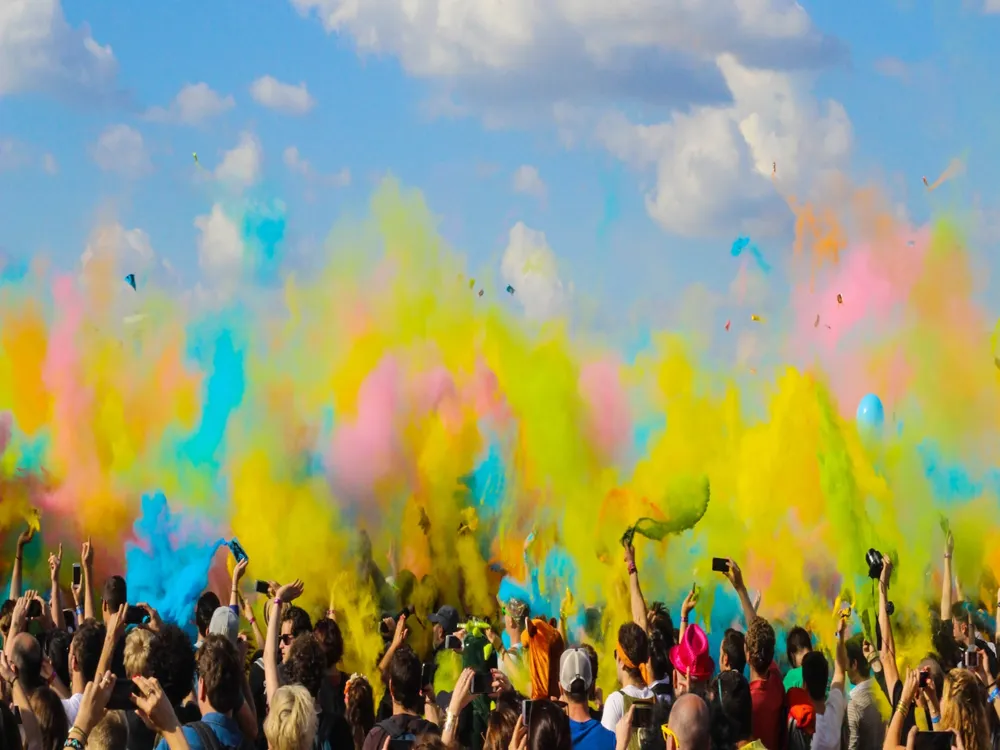
The festival of Dosmoche is one of the most popular festivals celebrated in Leh-Ladakh region. Falling right at the beginning of the Tibetan New Year, the festival is held in the majestic Leh Palace. Monks from different monasteries gather at the courtyards of the palace to perform Chams. "It marks the victory of the forces of good over evil. "
Dosmoche Festival 2023 Date
18th February to 19thFebruary 2023
Venue of Dosmoche Festival
Likir and Diskit Monastery
Dosmoche Festival - Celebrations
The royals of Ladakh initiated the Dosmoche Festival as an example of the Monlam Prayer Festival. The festival begins with setting up of large wooden mast decorated with flags, streamers and sacred emblems outside Leh. Expert Lamas from Takthok Monastery who are distinguished in tantric practices and astrology, make intricate thread crosses to trap the evil spirits, hungry ghosts and other demonic forces. The Lamas continue to chant the prescribed mantras while weaving the crosses. This practice is locally known as Chams.
Rituals at the Dosmoche Festival
A favourite tradition of this festival is a sacred masked dance. It is an exciting, dramatic performance which takes place in the patio of the old chapel situated below the Leh Palace. The burning of ritual offerings marks the end of the performance. The dance performance along with the burning of offerings signifies the complete eradication of all the evil spirits. There is a belief among the folks that this festival will protect them from all the natural disasters in the nearby future.
Masked Dance during the Dosmoche CelebrationsSource
There are specific timings for certain rituals and the idols for the rituals are made of dough. The idols are burnt or kept isolated so that the evil spirits of the old year dwells around the idol or waft with them. With this, the town gets ready to welcome the new year. They wear their traditional Ladakhi costumes and musicians play religious orchestra throughout the two days of the festival.
Highlights of Dosmoche Festival
The enchanting music of the drums and the thumping steps of the dancers is indeed a delight. The Black Hat Dancers dressed in vibrant clothes add charm to the festival.”Diskit” which is a collection of folk dances is performed as interludes to the Chams.The preparation and then the destruction of the sacrificial offerings is a unique feature of the festival and thus its major highlight.Ten other types of offerings, of different shapes and sizes, complement the main offerings and are done away from the main venue and the bazaar.
Effigy Made During The CelebrationsSource
How To Reach Likir Monastery
The Likir Monastery is 52 kms from Leh. Buses, cabs and jeeps ferry people from Leh to Likir village. The monastery is 6 kms from the Srinagar Leh Highway, hence easily accessible by roadways.The Diskit Monastery can also be reached by a local bus or taxi from Sumur or Leh. The monastery is located at a high altitude hence one would be required to walk for some distance.The enchanting music, masked dance and unique rituals make this festival one of its kind and are celebrated with great enthusiasm and vigour. With this festival, the town gets ready to welcome the New Year.
Read More
Ladakh Travel Packages
View All Travel Packages Ladakh
Nearby Places Ladakh
Browse Package Collections
Browse Hotel Collections
FAQs on Ladakh











